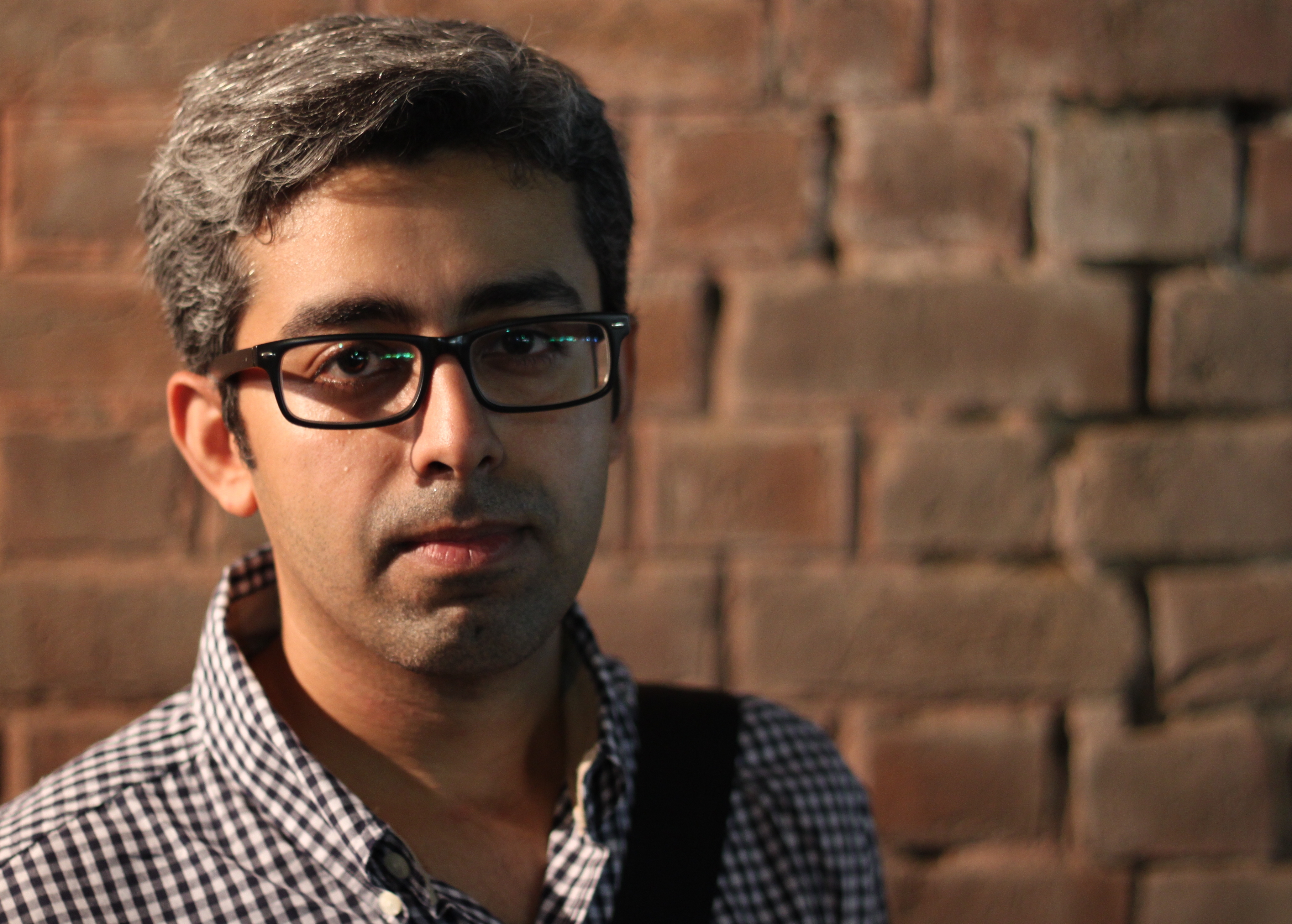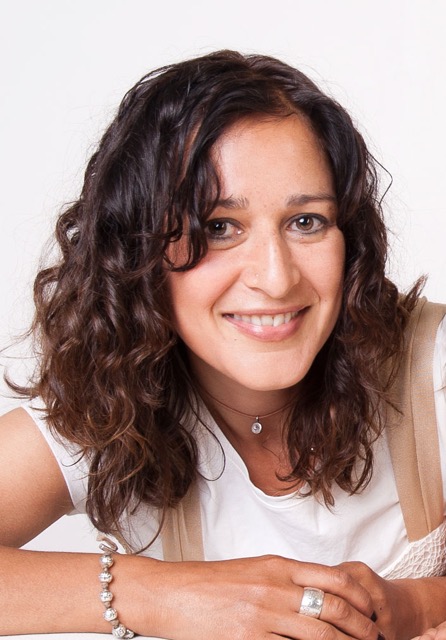Q. Firstly I’d like to say congratulations on bringing a collection to the fore which is about Bangladeshi female experiences written by female writers. How did the project come to fruition?
Thank you very much. I think the short answer is that the project came to fruition as the result of a ton of blood and sweat, and a fair number of tears! Actually, the publishers (Zubaan Books in India) had approached me with the idea of putting together an anthology of new writing from Bangladesh about three years ago. At the time, I was very excited at the prospect of having a book from Bangladesh on Indian and international bookshelves, but rather less keen on editing it myself. I always feel I struggle to find the time to write, so the idea of editing other peoples’ work was daunting, because it would mean even more time away from my own writing. I suggested to Zubaan that they find someone else to edit the anthology, and I would help whoever it was to gather material and put together the collection. Over the next year and a half, we went back and forth on this, and it gradually dawned on me that if I didn’t do it myself, it just wasn’t going to happen now. And that’s how I ended up taking it on, somewhat against my better judgement!
Q. How did you go about selecting pieces for the collection? Was there a set theme?
There was no set theme, but I had to meet some criteria that the publisher had proposed. Zubaan wanted this collection to feature a newer generation of Bangladeshi voices, and for all the stories featured here to have been written originally in English, i.e. no translations. And of course, as a feminist press, working with Zubaan meant that all the contributors to the anthology had to be women.
I myself had two main criteria in mind: firstly, I wanted the stories to demonstrate the diversity of style and content that I knew was out there among Bangladeshi women writers today. Secondly, I wanted the stories to have a distinctly contemporary feel to them, to reflect Bangladesh and the Bangladeshi experience overseas as it is today – and to do so as authentically as possible.
Q. In terms of the editorial input, did you make changes to the stories as they were being developed? What was your role as editor?
Yes! I have to confess that, while no stories were killed in the process of bringing out this anthology, several were significantly modified. It was a challenge to work with 14 other writers, and I did my best to be as gentle as possible, because each of us puts a piece of our soul on the page when we write, and it’s hard to have that edited or altered, even if the aim is to improve the work. My role as editor was fairly hands-on. With a few of the writers, we actually worked together through the process of the author creating her story. With most, it was a question of editing a final draft. But every story went through a minimum of two rounds of editing, and a maximum of six rounds. It left us all quite exhausted, but all the contributors are still talking to me, so hopefully it wasn’t too traumatic for anyone!
Q. The finished book is a real tapestry of diverse experiences, from the very modern to the ones which highlight village life and poverty. What do you think the collection says about female Bangladeshis and their struggles?
I think it says that there is no simple, reductive story to tell about Bangladeshi women or their struggles. There are certain realities around poverty and violence, and there are many stories that don’t fit those narratives, which are less often told. On the one hand, we have the women garment workers who have in one generation moved from living as single women in conservative family homes to relative independence sharing lodgings in the city with other women, and for the first time in their lives having an income of their own. Very few people, for example, know that we have two female conquerors of Mount Everest in Bangladesh, and one of them is currently engaged in the Seven Summits campaign to climb seven peaks on the seven continents, with the aim of showing how far Bangladeshi women have come in our 40 years of independence. I wanted to make sure that readers got a sense of the kaleidoscope that reflects more accurately the lives of women in Bangladesh today, rather than just reinforcing one or two dominant or stereotypical impressions.
Q. I think many of us can identify with aspects of each story, and you have managed to bring something together which reflects the wider human experience, from a coming of age tale, to the story of a promise land in foreign shores, an overbearing parent, of wanting more and finding ourselves in a broken city. Do you think there was a conscious decision in having a book which would have a wide appeal, for example could be read in the West and still be enjoyed?
Because the book was being published by an Indian press, I think it’s fair to say that I wanted to try and portray a more accurate picture of where Bangladesh and Bangladeshis, particularly Bangladeshi women, are today. As a writer, I also think that the best writing has certain universal qualities, even as it is set within a particular context. I did not make a conscious decision to put together a book that would have a wider appeal as such, but I did want to get beyond the existing stereotypes that are likely to be more familiar ground for many readers, in Bangladesh and elsewhere. I wanted to challenge their ideas about the lives of women in Bangladesh, based on the reality of what I know as both a writer and a development worker, as well, of course, as a Bangladeshi woman.
Q. There are also deeper, grittier stories which aren’t afraid to cross boundaries to explore themes such as domestic violence and child abuse, which were beautifully handled and highlighted the delicate nature of our private and public lives and how we deal with abuse – not just individually but as a community. Were you keen for these stories to be included in the collection and what do you think they add?
The stories in this collection were chosen very carefully, as you can imagine. I was very keen that some of the more ‘uncomfortable’ topics – such as domestic violence and child abuse, which are part of the reality of life for many women, and not only in Bangladesh – be included. I think they speak to the wider experience of many people, and need to be unpacked, for a variety of reasons.
One of the things that I was conscious of thinking, in the process of selecting the stories, was that any of the themes that might be more familiar, such as child abuse or the tensions between mothers-in-law and daughters-in-law, should go beyond the more standard stories that have tended to appear on these subjects. So when I picked what you might describe as a more traditional storyline, I wanted to make sure there was a twist that made it in some way more interesting and perhaps even unique.
Q. Who do you hope will read the collection and what do you hope they will take away?
To be honest, I hope everyone who likes a good short story will consider reading the collection. I think it has something to offer to most people. I consciously chose a mixture of what might be called literary fiction, and more ‘approachable’ writing, so that people could see how much Bangladesh has to offer in terms of English-language writing. My bottom line was to choose stories that each brought something new or interesting to the table. I hope that readers will find all the stories enjoyable and entertaining, and that at least some of the stories will linger in their minds.
Q. Was there any particular story which hit you as you were reading and which is your favourite?
As an editor, I have to confess I feel somewhat like a parent! I honestly believe that each of the stories has something to offer the reader. That is why I included it in the collection. So it’s hard to choose favourites – though there are certainly stories which I found I could read over and over again (as I had to do when I was editing and proofing), and marvel at the quality of the writing. However, since I would like to keep it so that all the contributors are still talking to me, I think I will leave the specifics of that question unanswered!
Q. Tell us a bit more about your own story in the collection?
My story is about a young woman who has the opportunity to leave behind a rather unhappy childhood and create a new life for herself in a different city. That is perhaps not particularly unusual for those living in the western world. But in much of South Asia, the chance to escape your past is rather less frequently an option. A family crisis forces her to return to her parents’ home – and in the process of coming to terms with the situation, she begins to realise that the situation she had left behind was not as straightforward as she had thought. In a way it’s about family dynamics and about coming to terms with your past, but not necessarily in the way that you thought you would.
Q. Finally will there be future opportunities to contribute to such a collection and if so, how can people find out about submitting?
Well, everyone says that short story collections are hard to sell, but this book has been doing quite well as you can see from our Facebook page, and I think that publishers should more often take a chance on strong short story collections. I would hope that there will be many further opportunities to contribute to such a collection, but I’m not sure I will be volunteering to edit one in the immediate future! I would like to focus on putting together my own short story manuscript before taking on another project like this. But if and when I find myself in the editor’s chair again, I will certainly inform The Asian Writer about it so that your readers can send in their submissions.
Farah Ghuznavi is a writer, development worker and newspaper columnist, who remains an unrepentant idealist despite empirical evidence that indicates the wisdom of thinking otherwise. Her work has been published in the UK, US, Canada, Singapore, India, Nepal and her native Bangladesh. Her story “Judgement Day” was Highly Commended in the Commonwealth Short Story Competition 2010, and “Getting There” placed second in the Oxford GEF Competition. Farah is finalising a manuscript of her short stories, and recently finished editing and contributing to Lifelines, an anthology by Bangladeshi writers for the Indian publisher Zubaan. Her website is under construction : www.farahghuznavi.com
Lifelines: New Writing from Bangladesh is available directly from Amazon
Zubaan for $8 USD (£5.36)
www.zubaanbooks.com/zubaan_books_details.asp?BookID=205

